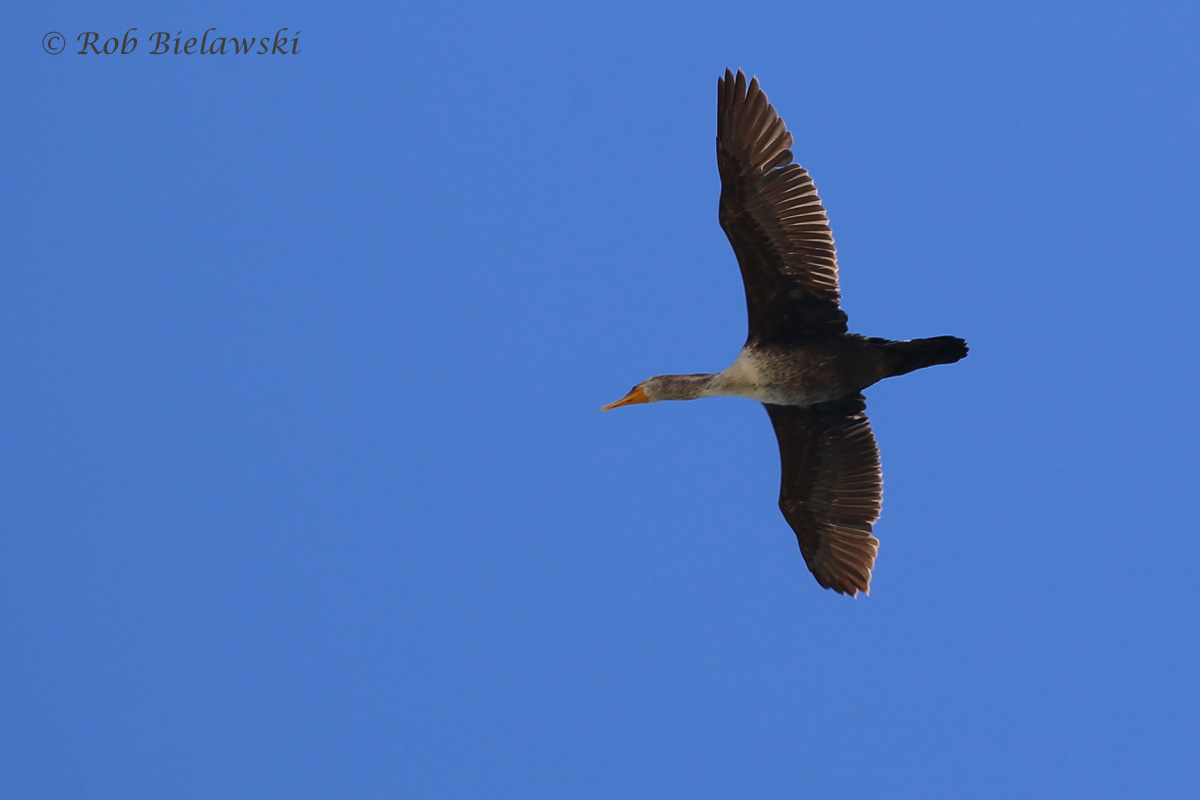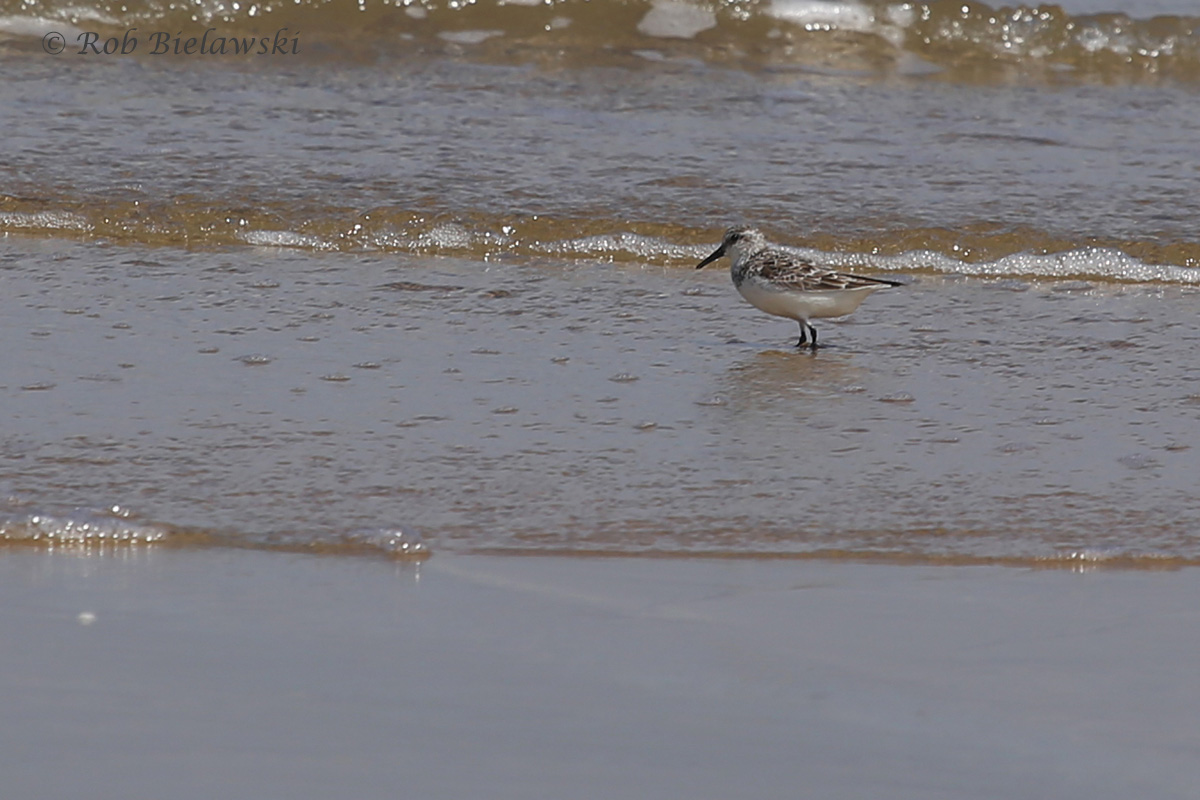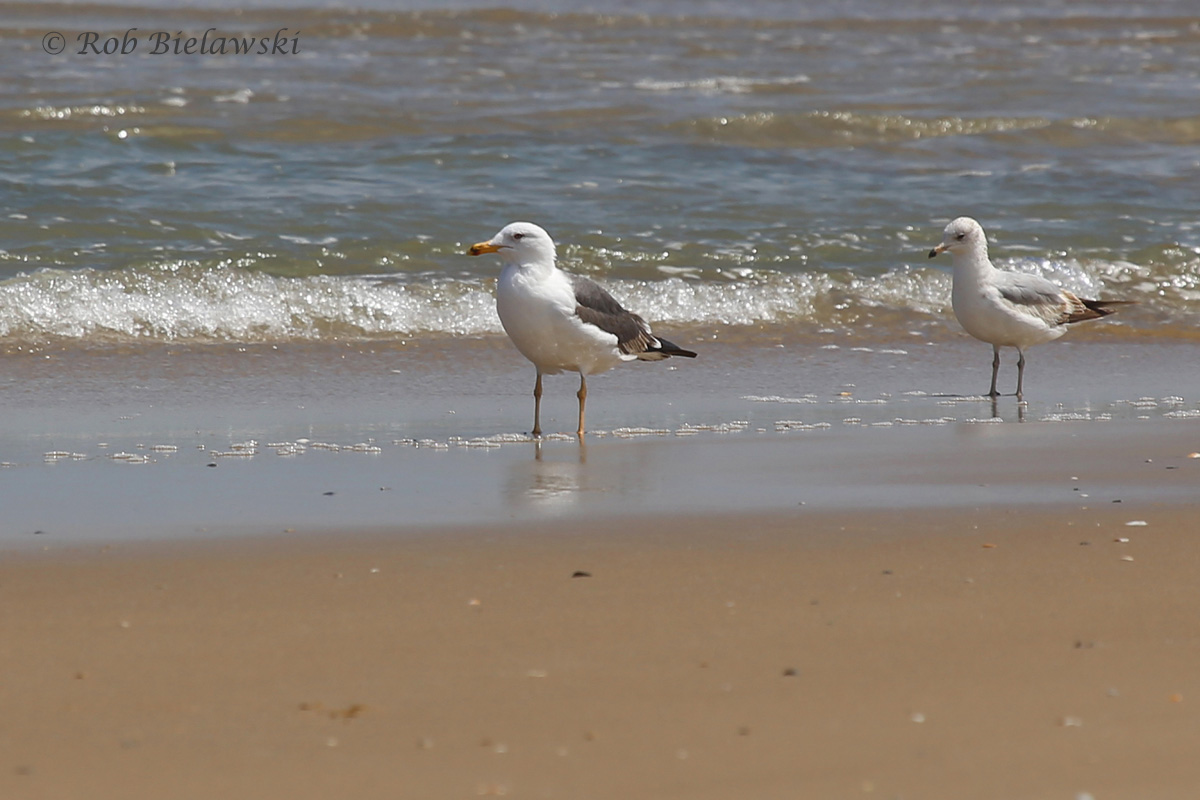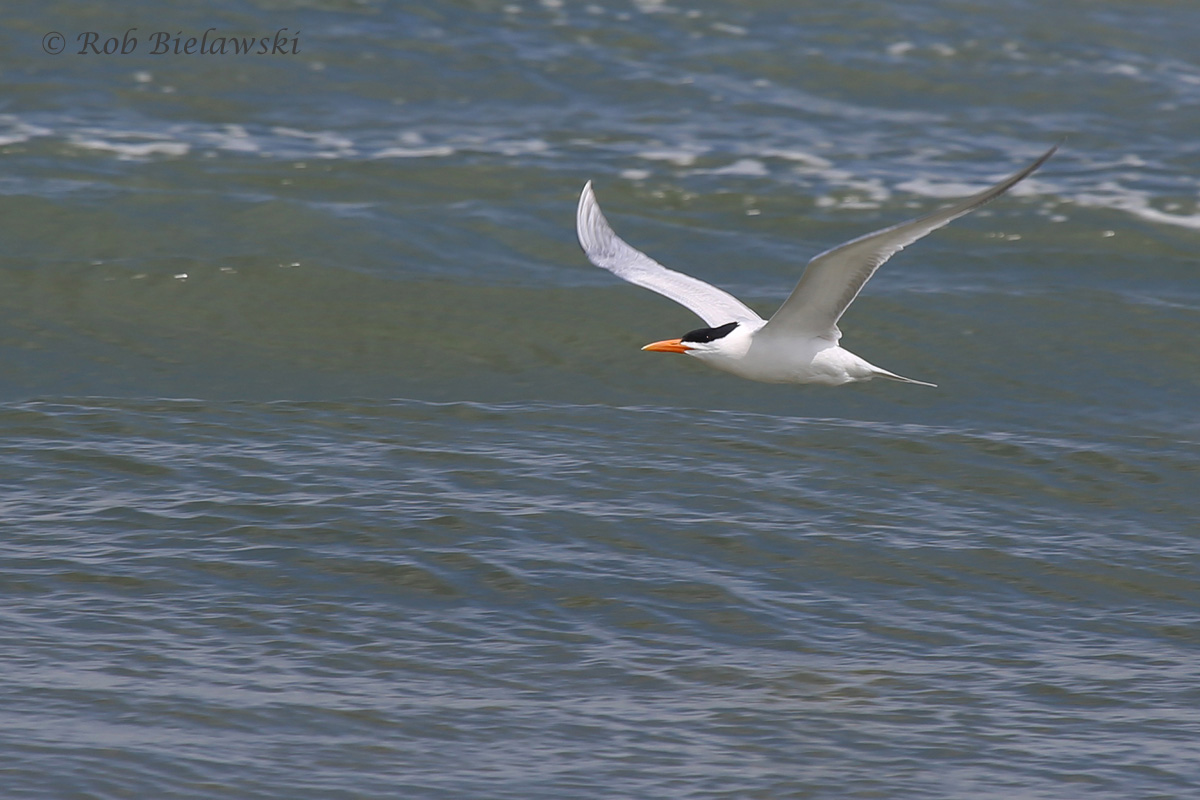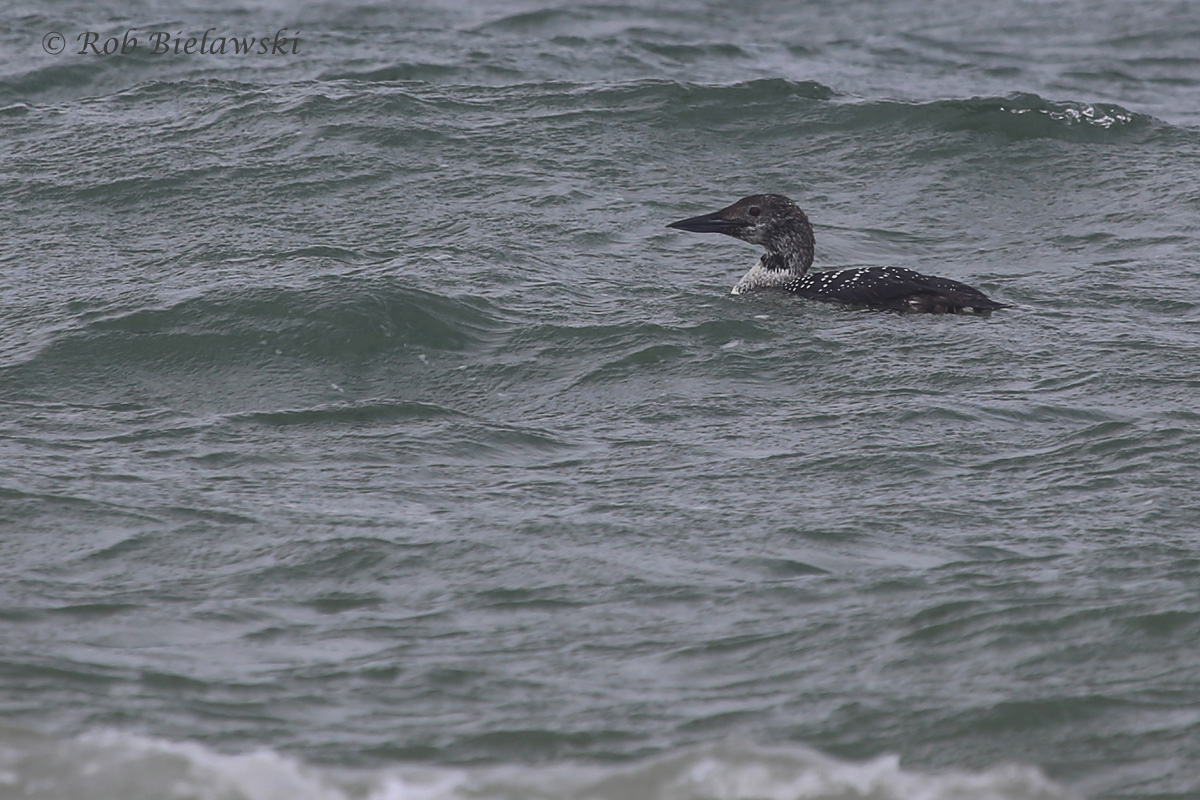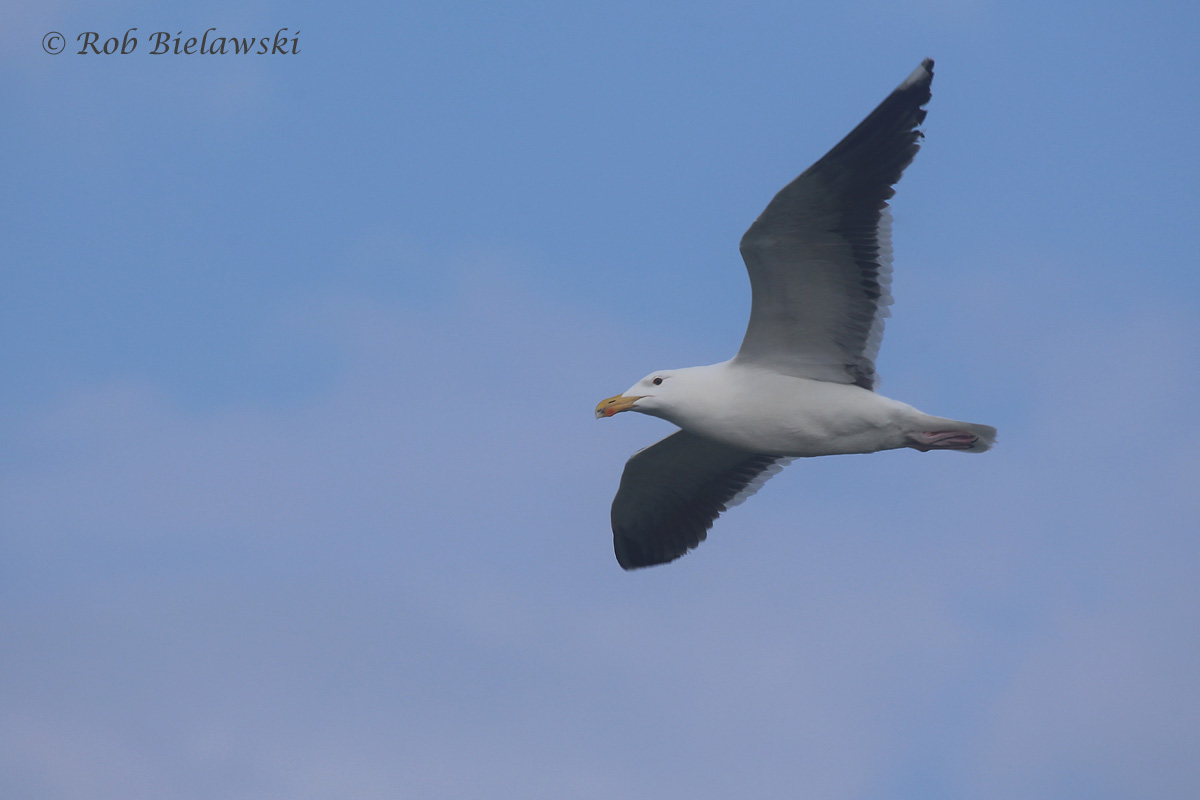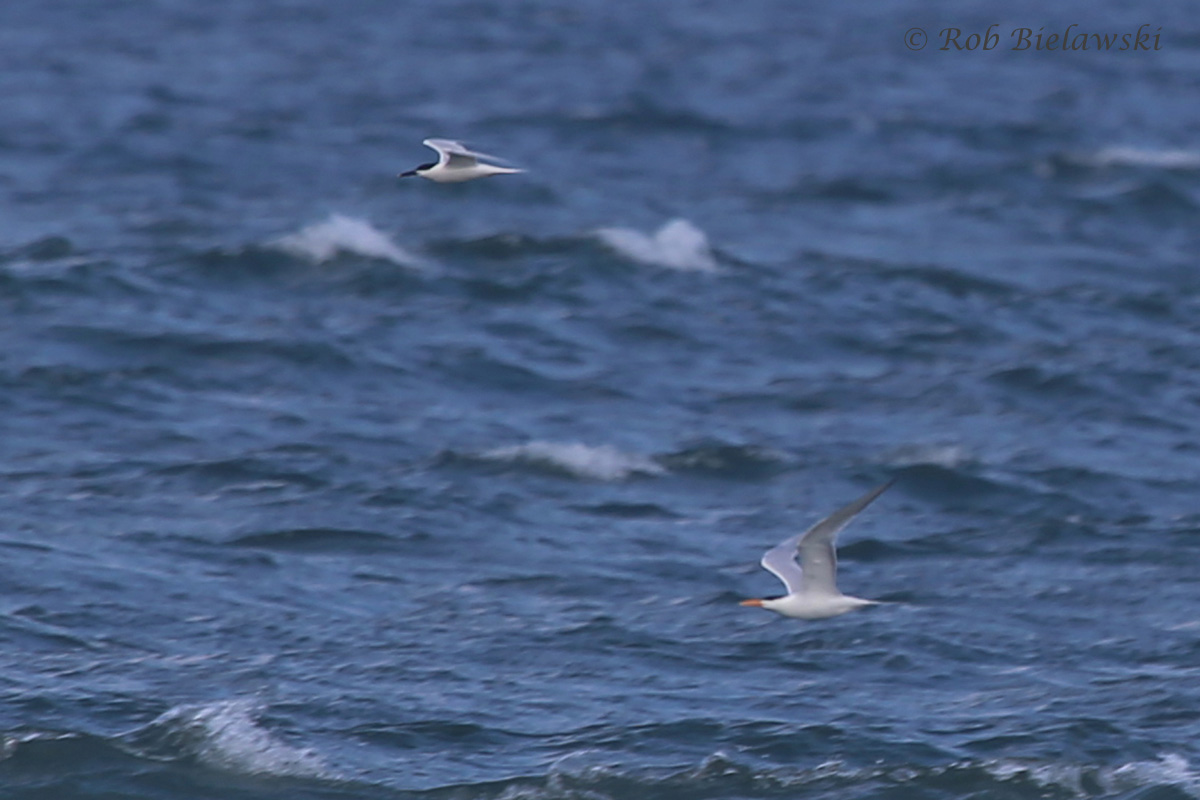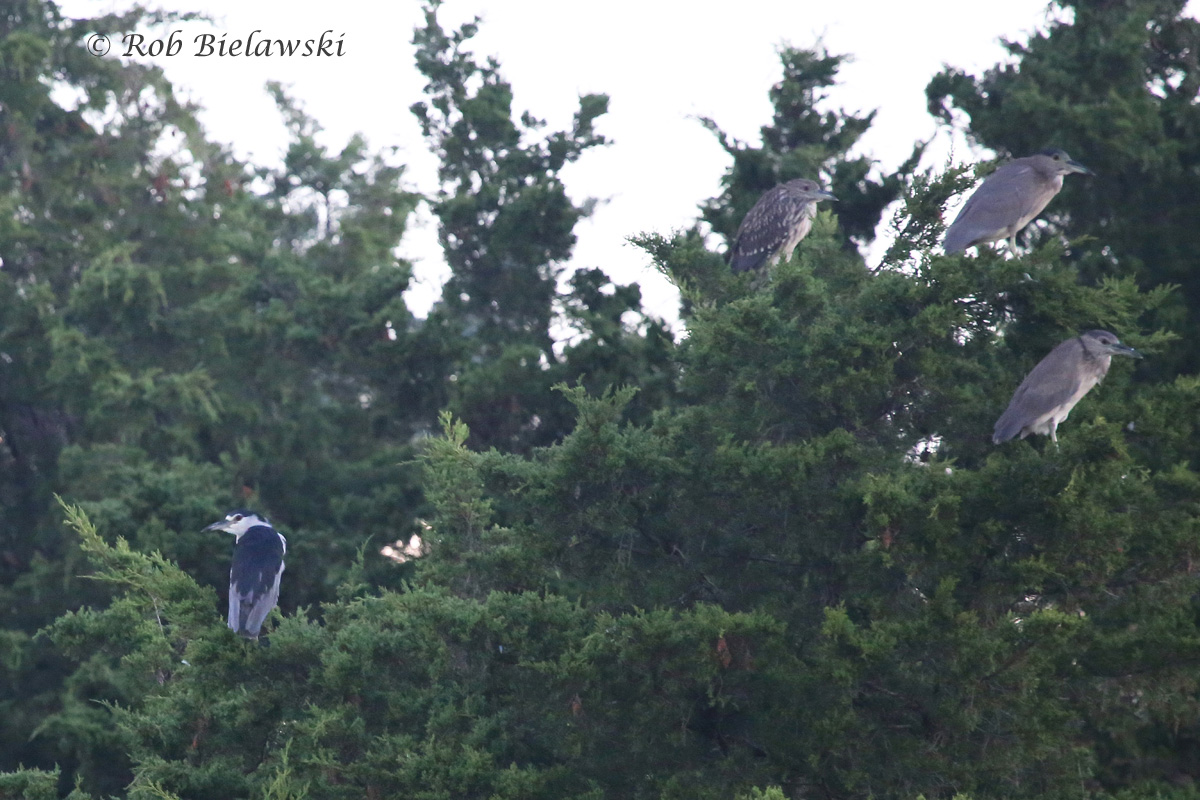Back Bay BioBlitz 2016
/On Saturday, 23 Apr 2016, in cooperation with the Virginia Geographic Alliance, the state chapter of National Geographic, Back Bay National Wildlife Refuge hosted a ‘BioBlitz’ event. Coinciding with the 100th anniversary of the National Park System (and also the 80th anniversary of the Virginia State Parks), the event was set to occur at eight sites around the state, with Back Bay filling the role as a federal agency and hosting the event for the South Hampton Roads region. The event had two main goals, 1). To conduct a series of biological survey throughout the wildlife refuge in order to identify and survey the variety of species occurring throughout the park, and 2). To provide education talks & walks to visitors from the general public. While the event focused on both flora and fauna, this writeup is primarily focused on what was observed from a birding aspect. For the bird surveys of the event, four teams were assigned to cover different sections of the park in order to note which birds were occurring in the varying habitats. The four sections covered were the West Dike & Green Hills area, the East Dike, the Dunes, and the Beach. The inland surveys all began at 7 AM, starting at the southern edge of the park, at the shared border with False Cape State Park. Surveyors then took the next few hours, methodically working their way northward, and noting every species of bird that was observed (seen or heard) along the way. Because each of the sections survey has its own unique habitats, the expectation was that each should have a different variety of species present, and that was proven quite true on this particular day.
The West Dike, which affords the best views over the freshwater impoundments (C, C-Storage, B, B-Storage and A Pools to be specific), is typically the area that leads to the most diversity of bird species at this point in the year. This dike also provides great views westward over Back Bay itself, and the marshes & forested areas along Back Bay and in the southwestern portion of the park. It was therefore expected that the West Dike survey team would chronicle an excellent list of species, however, even expectations were shattered as the team produced one of the most diverse checklists I have seen come out of Back Bay National Wildlife Refuge (as far as eBirding is concerned). The survey team was comprised of Bob Ake, Matt Anthony, James Fox and Jason Strickland, all of whom are well known, highly experienced birders. In the early hours before the sun arose, the group was able to observe several Chuck-will’s-widows, the first of their species reported so far in Virginia Beach in 2016. In addition to these nocturnal birds, the group also picked up quite a number of early summer arrivals, and just all-around difficult to find species. A pair of calling Least Bitterns heard on A Pool were another first-of-year species, as were a pair of Semipalmated Plovers. Rails, while typically elusive creatures, were observed in high numbers with at least 15 King Rails calling, and 6 Sora seen or heard. While the King Rails are permanent residents at the park, Sora are less numerous through most of the winter, with only a few individuals likely being present, but this time of year their numbers are bolstered by the northward movement of the species as a whole. Early arrivals of songbirds included Orchard Oriole & also a singing Northern Waterthrush. The wide array of birds might have been bolstered a bit by a front of thunderstorms that passed through the region the evening before, perhaps stalling some of their northward movements, making Saturday the best day of the spring migration so far to hit our area.
Typical of the West Dike and adjacent impoundments, fair waterfowl variety was observed, though numbers have expectedly dwindled in the last couple of weeks, as most of the species have moved northward toward their respective breeding grounds already. Canada Geese, Wood Ducks, American Black Duck, Mallards, Blue-winged Teal & Red-breasted Mergansers were all observed. Of these species, only the Blue-winged Teal are not year-round residents of the park, and it won’t be long before they’ve disappeared to the north for the summer season. Blue-winged Teal are really interesting ducks in that they’re the only borderline transient species in Virginia, with very few staying through the winter, though Back Bay is the only place in Virginia where this occurs annually; almost all Blue-winged Teal winter south of Virginia, and summer north of it. Red-breasted Mergansers tend to linger through the summer in low numbers here, though they’re also a bit interesting and considered somewhat borderline between a permanent, year-round resident & a seasonal, winter resident. Wading species were almost completely cleared by the group, with the aforementioned Least Bittern, and American Bittern, Great Blue Heron, Great Egret, Snowy Egret, Little Blue Heron, Tricolored Heron, Cattle Egret, Black-crowned Night-Heron, White Ibis, and Glossy Ibis all being observed In fact, the only waders likely to be found that were not present were Green Heron & Yellow-crowned Night-Heron. Water levels in the impoundments are still much more conducive to waterfowl & wading species than they are to shorebirds, though, they’re dropping slowly. Despite this, a number of shorebirds were observed including: Killdeer, Spotted Sandpiper, Solitary Sandpiper, Greater & Lesser Yellowlegs, Least Sandpiper, and several lingering Wilson’s Snipe. Caspian Terns were observed, being the more common tern species to be seen on the freshwater impoundments. Royal & Least Terns were also observed, as were Laughing & Ring-billed Gulls. A plethora of passerines were observed, with notable being high counts of White-eyed Vireo, Great Crested Flycatchers, House / Sedge / Marsh / Carolina Wrens, Prothonotary & Prairie Warblers & Common Yellowthroats. Even a few Seaside Sparrows made an appearance. In total, 95 species were tallied by this crew, which is nothing short of an incredible half-day of birding. The checklist for this survey team can be found Here.
Separated by roughly a half mile of marsh & freshwater impoundments, the East Dike survey team also started about the same time. They too, began at the False Cape State Park boundary, and slowly worked their way northward over the next 5 hours or so. Comprised of highly experienced birders Steve Coari, Jim Marcum, Lisa Rose of the Virginia Beach Audubon Society & Jody Ullmann of Lynnhaven River Now, this group benefitted by their own intimate knowledge of the park since each lives locally and likely spends quite a bit of time at the refuge. Given that the East Dike possesses only one real viewing point of the impoundments, it is not surprising that the waterfowl counts were much lower on this side of the park, with Red-breasted Mergansers seen in good numbers, but with just single digit counts of Mallard, Blue-winged Teal, American Black Duck (possibly the exact same individual as viewed from the West Dike), and Canada Geese. Wading birds were seen from this side in excellent variety again with Green Heron being an addition over the West Dike, but neither species of Bittern (Least or American) being reported. Shorebirds, very tough to see from this dike, were reported as just individual occurrences of Lesser Yellowlegs, Least Sandpiper, and Short-billed Dowitcher. 45 Greater Yellowlegs and 5 Willets rounded out the shorebird sightings, and I imagine the flock of greaters was in flight and able to be seen. Passerines made up the bulk of this crew’s list, with Sedge Wren being the highlight, and an astonishing 31 Common Yellowthroats being reported as well. These warblers have been singing their lungs out the past few weeks so it isn’t surprising that a count this high would show up. Swallow diversity was interesting with Tree, Barn, and Cliff Swallow all listed in the group’s eBird report (see link at end of paragraph). In fact, this Cliff Swallow is the only report for the species so far in 2016 for all of Virginia Beach, so this was a very excellent find. This species is a transient during springtime through the area, but isn’t reported on an annual basis since most just pass through unnoticed. White-eyed Vireo were also observed in high numbers, though they too have really exploded at the park over the last week or so, and their calls can be easily picked out due to their uniqueness. Prairie Warblers were much more common on this side as well, given it is drier terrain and more suited to their needs, while Prothonotary Warblers were absent, since they tend to only inhabit the Green Hills area of the park at this point in the season. The checklist for this survey team can be found Here.
The third and group that began their survey in the morning hours was the Dunes group. As with the other groups, this team was comprised of outstanding & well known birders. The participating duo included Virginia Society of Ornithology past president Rexanne Bruno, and widely-renowned Cape Henry Audubon Society member & long-time local birder, David Hughes. Most interesting about this survey, is that pair was able to access an area of the park that is never open to the public, that area being the expanse of scrub and duneland that rests between the East Dike to its west, and the beachfront to the east. Walking this section from South to North provided a unique viewing opportunity, and as with the other groups, some good birds were found. Since the freshwater impoundments are not visible from this area, waterfowl would not be expected unless a flyover group happened to come into view. As such, expectedly only two species were reported, being a pair of Canada Geese and a single Red-breasted Merganser. Terns and Gulls in flight likely made up the bulk of the list of Forster’s, Royal & Least Terns, as well as Laughing, Ring-billed, Herring & Lesser Black-backed Gulls. A highlight among the few shorebirds species reported was a single Whimbrel which was seen on the beach very close to the False Cape State Park boundary. Whimbrels have been moving northward along the coast over the last week or two, and several reports in Virginia Beach have popped up. The drier, scrubby type habitat of the dunelands provided a good variety of passerines to the group, with Prairie Warbler counts highest here over the other two survey areas. A single Seaside Sparrow was also observed, but the counts of 25 Eastern Towhee and 22 Field Sparrows are the real highlight for the emberizids. Towhees were likely heard all along the trip calling from the dense foliage that forms around the stands of live oaks in the dunelands. Swallow variety held strong on the dunes just as it had on the East Dike, though the Cliff Swallow wasn’t picked up by both groups, a substitute Puple Martin was see though. Both Kestrel & Merlin were observed over the dunes as well. The checklist for this survey team can be found Here.
After the three groups above had wrapped up their trips, the final survey of the BioBlitz event was just about set to get underway. Slated for a 1 PM start time due to the timing of the low tide, the Beach survey hoped to identify some of the species that could not be viewed by the teams in other areas of the park. The low tide is important for this type of survey, as it provides for the easiest walking path on the hardened sand, and it also allows the widest section beach, so if birds are encountered in groups along the water’s edge, the observers have the ability to walk around them higher up near the dunes without disturbing and inevitably displacing them. Of course, there is some vehicular traffic on the beach at times, and bicyclists & other hikers can unfortunately also be expected to scare off some of the birds. Unique to this survey, the beach walk began at the visitor contact station rather than at the south end of the park, and headed south 3.25 miles to the False Cape State Park boundary where it then turned around and came back along the same path, for an overall total of 6.5 miles. Not too surprisingly, only a pair of birders signed up to do this survey, myself, and Virginia Master Naturalist Mickie Nance of Portsmouth who has recently become interesting in learning more about birds & birding. Of course, the West Dike is a shorter walk, being a one-way survey, and the habitat provides for a much higher expected list of species, but, there is always something about the beach walks that are interesting to me. By the time the beach survey started off, strong northerly winds had really taken over, and that made any vocalizing impossible tough to pick out though fortunately, most of the species expected along the beach are more visually apparent than they are by their voices alone. The winds were blowing out of the north at about 15 mph, so the journey south felt nice with the winds at our back. However, with such strong winds in play, shorebirds (and any passerines that might have been present) were very tough to come up with on the beach itself.
In fact, only a single Sanderling was observed on the beach, with 5 more observed on quick flybys. Small groups of a dozen or less gulls (almost exclusively immature birds) were seen in several locations once we got a couple miles away from the parking area, but the vast majority of birds observed were distant flybys. Overall, we were able to identify all the expected gull species, being Laughing, Herring, Great Black-backed, Lesser Black-backed, Ring-billed, and a single Bonaparte’s Gull. To go along with the gulls, terns also had a fair showing, with Royal Terns dominating the field, but with several Sandwich and Forster’s Terns also observed. I had hoped we might pick up some Least or Common Terns, and this time of year there is also the possibility of snagging a transient Gull-billed Tern, but these species weren’t found. A single Black-bellied Plover, and a pair of distant Willets in flight rounded out the shorebird species. Some other nice sightings included a single Red-throated Loon pretty close inshore, and 7 Northern Gannets (one juvenile) flying distantly along the coastline. Both of these species were a bit of a surprise as it is getting late into the season for them to still be present. A few Common Loons, Red-breasted Mergansers, and a southbound flock of 6 Black Scoters also made for nice viewing. The strong northerly winds helped a bit with capturing some photographs, as the northbound birds were at times, stalled into basically floating in the same spot. Brown Pelicans and Double-crested Cormorants were likely the most numerous species observed on the day. On the northbound trip, the skies had become overcast and it felt considerably cooler with the wind now at our face. We kept scanning the skies around us, though our most interesting sightings seemed to be on the water as we had a Common Loon continuously diving next to us. The individual actually held pace with us for about a mile or so, providing some nice photographs along the way. All in all, we ground out a pretty good list of birds, though we surely worked hard to get each of them. And notably, given the long distance of the hike, I was highly impressed by Mickie’s exuberance, and it is always great to see someone newer to birding become excited by the birds around them! The checklist for this survey team can be found Here.





